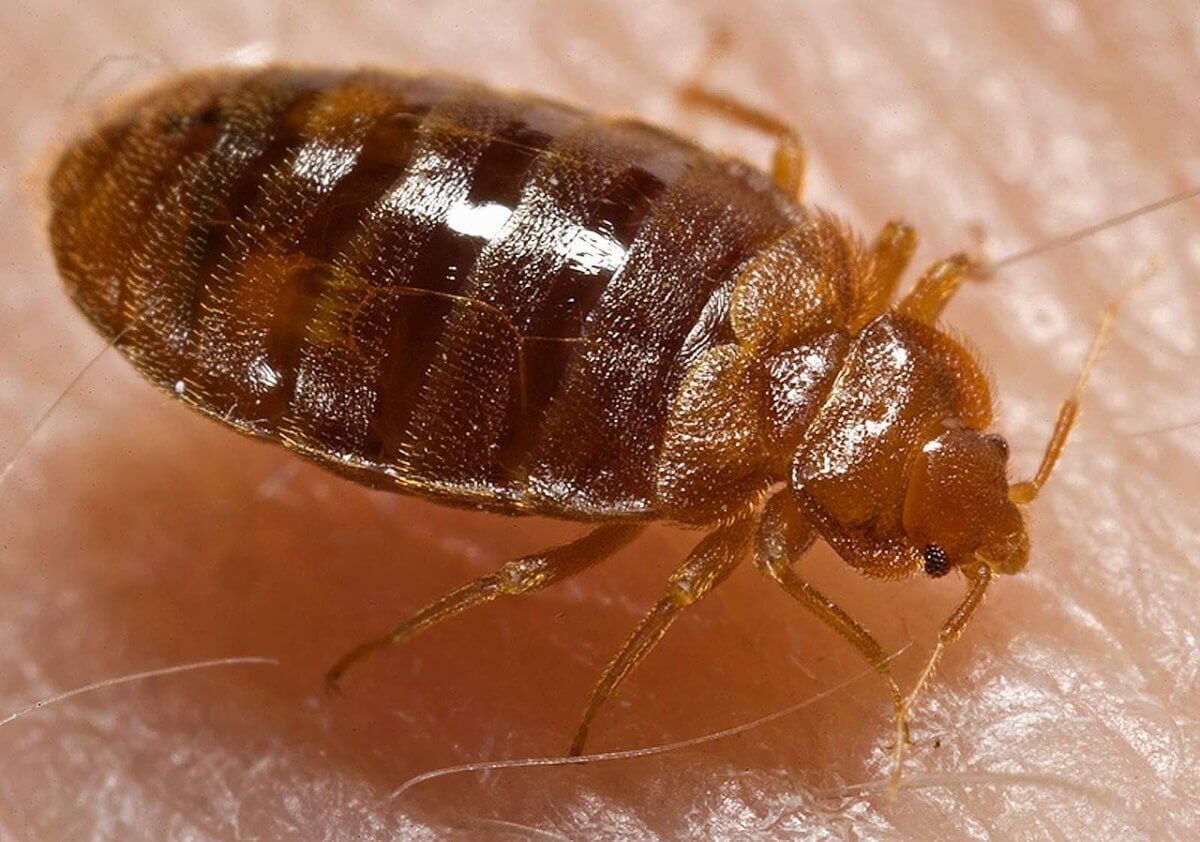“Don’t let the bedbugs bite” could be the new slogan for The City of Brotherly Love, according to one leading pest company.
Terminix released its sixth annual ranking of bedbug-infested cities this week, finding that Philadelphia was the number two city in the country for the pesky creatures.
The city actually showed improvement in 2015, and was knocked out of the top spot for the first time in four years by Detroit.
“We’ve seen a steady increase in bed bugs since the 1990s, which has been influenced by increased international travel and infestations left untreated,” said Paul Curtis, manager, technical services at Terminix. “Most of the cities in our top 15 are big tourist and business destinations, making travelers even more at risk for encounters with bedbugs — whether it’s on the plane, at their hotel, in a movie theater or riding in a taxi. The name ‘bedbug’ is deceptive, as these pests can thrive just about anywhere.” Cleveland-Akron, Los Angeles and Dayton also topped the list.
RELATED:VIDEO: California couple films bedbug infestation at NYC hotel New York City, which recently made headlines after a California couple discovered a bedbug infestation in their Upper West Side hotel room, was ranked at 15, after previously rating as the number three city: 1.Detroit, Mich. (4) If you weren’t worried about begbugs before, Terminix offers these “myths and truths.”
MYTH: Bedbugs only live in beds.
TRUTH: Although they flourish in mattresses, box springs and bed frames, bedbugs can be found in a variety of environments, including airplanes, daycare centers, restaurants, subways, dressers and purses. Bedbugs’ small, flat bodies make them experts at hiding. The most obvious way to detect the presence of bedbugs is bite marks to the body, but those may take up to 14 days to appear, so look for other signs such as shells of bedbugs, live bedbugs in mattress seams, a sweet musty odor or small blood spots on mattresses and sheets. MYTH: Bedbugs only feast in the dark.
TRUTH: Bedbugs do prefer darkness, but keeping the lights on won’t deter the pests from biting. Bedbugs readily feed anytime a host is available, including during the day. Often, bedbug victims don’t even realize they’ve been bitten until marks appear. These marks are similar to that of a mosquito, with a slightly swollen, red area that may itch or be irritated. MYTH: There’s a one-step solution to eliminating bed bugs.
TRUTH: Bedbug control can only be maintained using a variety of techniques. Bedbug populations in different areas of the country have developed resistance to common pesticides, so, to truly tackle the problem, pest control pros have to take multiple approaches. MYTH: A doctor can tell you if you have bedbugs.
TRUTH: It can be difficult for a doctor to differentiate between bedbug, mosquito or other flying pest bites because everyone reacts differently. If you suspect you have bedbugs, Terminix recommends checking for other signs in your bed and throughout your home to confirm their presence. MYTH: Bedbugs don’t warrant public health concerns.
TRUTH: Though they’ve not been shown to transmit diseases to people, bedbugs are listed as a public health pest because their bites can cause an allergic reaction.
2. Philadelphia, Pa. (1)
3. Cleveland-Akron, Ohio (15)
4. Los Angeles, Calif. (14)
5. Dayton, Ohio (-)
6. Chicago, Ill. (5)
7.Columbus, Ohio (8)
8.Cincinnati, Ohio (2)
9. Dallas-Forth Worth, Texas (7)
10.San Francisco-Oakland-San Jose, Calif. (-)
11.Denver, Colo. (12)
12.Toledo, Ohio (-)
13.Oklahoma City, OK (-)
14.Baltimore, Md. (9)
15.New York, N.Y. (3)
Philly is no. 2 city for bedbugs

Wikimedia































